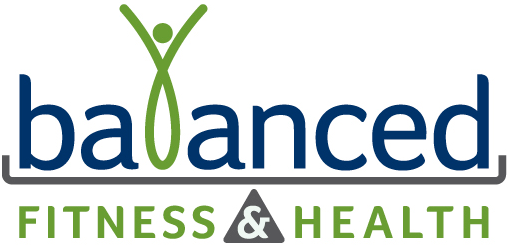The Power of Breath: A Simple Yet Profound Tool for Managing Emotions and Healing Trauma
In moments of stress or emotional overwhelm, it’s easy to feel powerless—like your thoughts, feelings, or even your body are spiraling out of control. But there’s one simple, often-overlooked tool that can help you steady yourself in even the most turbulent times: your breath.
Breathing is something we do unconsciously every moment of our lives. But when we turn our attention to it—when we breathe with intention—it becomes more than just a biological necessity. It becomes a bridge between the body and the mind, a key to calming the nervous system, and a pathway to healing.
Why Breath Matters
When we experience stress or trauma, our body reacts instinctively. The sympathetic nervous system kicks in, initiating a “fight, flight, or freeze” response. Our heart rate increases, our muscles tense, and—critically—our breathing becomes shallow and rapid.
This change in breathing isn’t just a symptom; it also reinforces the stress. Shallow breathing sends signals back to the brain that we are still in danger, even if the threat has passed.
This is where conscious breathing comes in.
The Science Behind Breath and the Nervous System
Controlled, deep breathing activates the parasympathetic nervous system—the part of our nervous system responsible for “rest and digest.” This helps slow the heart rate, relax muscles, and reduce the production of stress hormones like cortisol and adrenaline.
Studies have shown that intentional breathing practices can help reduce anxiety, manage symptoms of PTSD, and improve emotional regulation.
Breath as an Anchor in Emotional Storms
When emotions feel overwhelming—whether it’s grief, anger, fear, or panic—our breath can become an anchor. By shifting our focus to slow, deep, rhythmic breathing, we can:
- Create a pause instead of quickly reacting
- Reconnect with the body and the present moment
- Regain a sense of control
- Reduce the intensity of emotional responses
This simple act of tuning into the breath allows us to step out of survival mode and into a state where healing becomes possible.
Practical Techniques
Here are a few breathing techniques you can try:
- Box Breathing (4-4-4-4): Inhale for 4 seconds, hold for 4 seconds, exhale for 4 seconds, hold again for 4 seconds.
- 4-7-8 Breathing: Inhale for 4 seconds, hold for 7 seconds, exhale slowly for 8 seconds.
- Diaphragmatic Breathing: Focus on breathing deeply into the belly rather than the chest, allowing the diaphragm to fully expand and contract.
Even just 2–5 minutes a day of focused breathing can make a noticeable difference over time.
Breath Is Always With You
One of the most empowering aspects of using breath for emotional regulation and trauma healing is that it’s always accessible. Your breath is with you in every moment—waiting to support, soothe, and stabilize you.
Inhale Strength, Exhale Peace
The journey of healing is not linear, and managing emotions can sometimes feel like trying to calm a stormy sea. But the breath reminds us that we can return to stillness. With each inhale, we draw in strength; with each exhale, we release what no longer serves us.
So the next time you feel overwhelmed, pause. Place a hand on your heart or belly. Breathe deeply. And remember: healing starts with a single breath.




